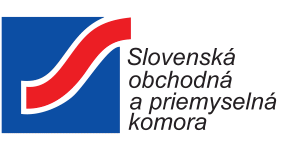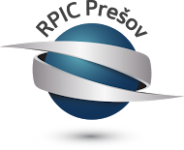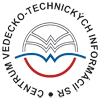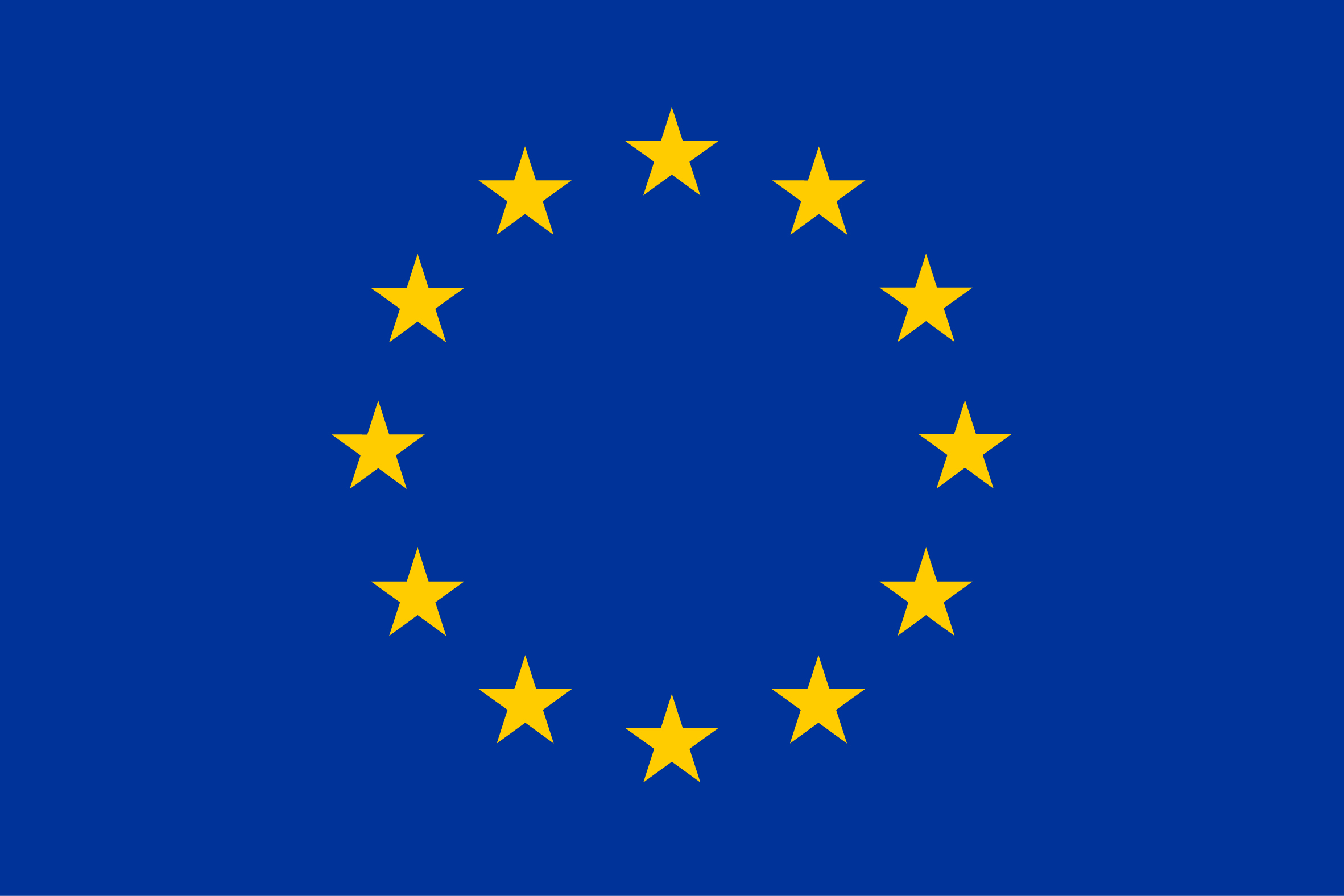Summary:
A German research institute has developed a concept for the alignment of transmitting and receiving antennas of future communication systems in the mm wave and terahertz frequency range. The concept is based on the miniaturisation of the combination of two orthogonally aligned radio beacons from terrestrial radio navigation. A partner for cooperative research and development is being sought for the new basic technology.
Description:
A German research institute active in metrology has developed a concept to enable the transmitting and receiving antennas of future communication systems to communicate with each other in the mm wave and terahertz frequency range. Therefore both antenna must be aligned with each other. The new concept is to combine two orthogonally aligned rotating radio beacons from terrestrial radio navigation and to miniaturize them for this new field of application.
For the transmission of high data rates in mobile communication, the useful frequency range will be extended into the terahertz range. Due to increased radio field attenuation, the radiation and reception characteristics of the transmitting and receiving antennas must be aligned to each other for data transmission. Device tracking by continuous determination of the directional information between a handset and a base station enables the electronic alignment of the directional characteristics of the transmitting and receiving antennas.
For this purpose, two rotating beacons are miniaturized in the base station and combined with each other in such a way that both directional angles in space can be determined on the handset. For this purpose, the antenna circuits of two miniaturized rotating beacons are arranged orthogonally to each other. A further ominidirectional antenna transmits a reference signal.
In the handset, the phase differences of the demodulated received signals can be used to obtain the necessary directional information in the room. Magnetometer-based position sensors in the base station and in the handset ensure that a common coordinate system can be defined in which azimuth and elevation angles can be specified.
After intensive system development, the invention could be used in communication systems beyond 5G and is in competition with a purely search-algorithm-based approach or can complement it. Accordingly, the invention affects a very broad international market segment of the communications industry with high potential for future exploitation. The research institute is searching for a partner for cooperative research and development for the new basic technology.
Type (e.g. company, R&D institution…), field of industry and Role of Partner Sought:
The research institute is searching for partners for cooperative research and development for the new basic technology. Targeted partners are active in th development and production of communications systems.
Stage of Development:
Concept stage
IPR Status:
Patent(s) applied for but not yet granted
Comments Regarding IPR Status:
Patent applied in Germany.
External code:
TODE20201016004








